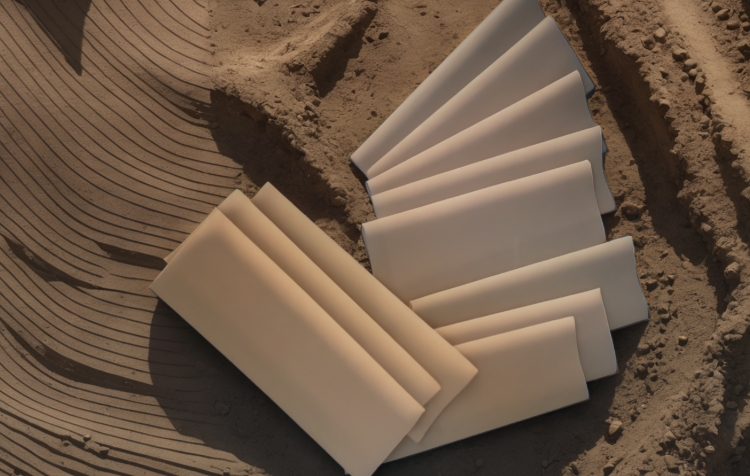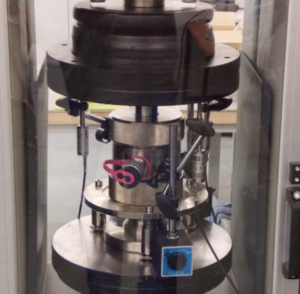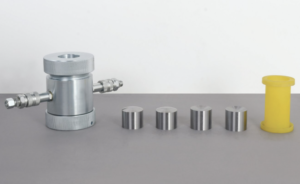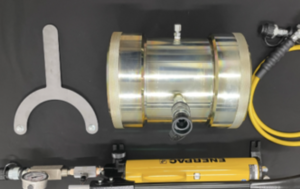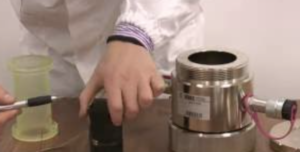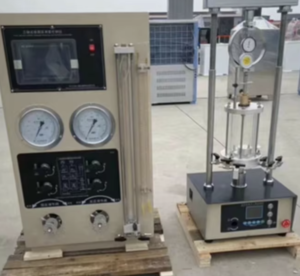How to Choose the Right Thickness and Size of Latex Membrane for Triaxial Tests
Latex membranes may look simple, but their thickness and size can make or break the accuracy of your triaxial tests.
Choosing the right membrane means balancing durability, flexibility, and compatibility with your soil specimen. The wrong choice can lead to leaks, distorted readings, or even sample failure during shearing.
Here’s a clear guide to help you pick the right thickness and dimensions for your triaxial setup.
Why Does Membrane Thickness Matter?
The thickness of a latex membrane1 isn’t just about strength—it also affects data accuracy.
Thicker membranes offer better tear resistance but can influence the measured soil stress due to membrane stiffness2. Thinner membranes minimize interference but are more prone to punctures.
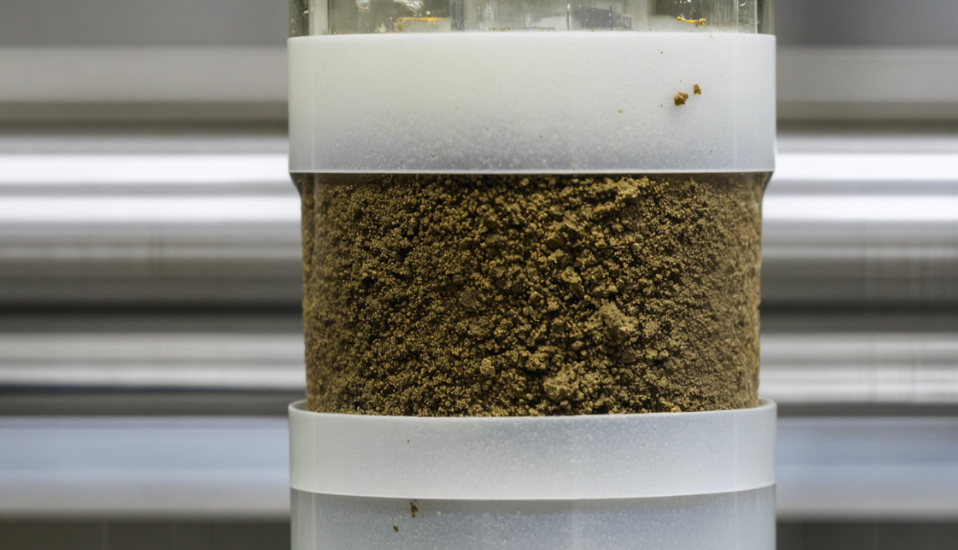
Typical Thickness Ranges
- Thin membranes (0.3–0.4 mm): Ideal for soft clays or low-pressure tests.
- Medium membranes (0.5–0.6 mm): Common choice for most standard soil samples.
- Thick membranes (0.7–0.8 mm): Best for coarse or sharp-grained soils.
| Membrane Thickness | Best Use Case | Pros | Cons |
|---|---|---|---|
| 0.3–0.4 mm | Soft soils, low confining stress | Accurate, flexible | Less durable |
| 0.5–0.6 mm | Standard triaxial tests | Balanced strength & accuracy | Moderate interference |
| 0.7–0.8 mm | Coarse or gravelly soils | High durability | Greater stiffness |
How to Select the Right Diameter and Length?
Diameter and length determine whether the membrane fits snugly without overstretching.
A membrane that’s too small risks tearing, while one that’s too large creates wrinkles that interfere with measurements.
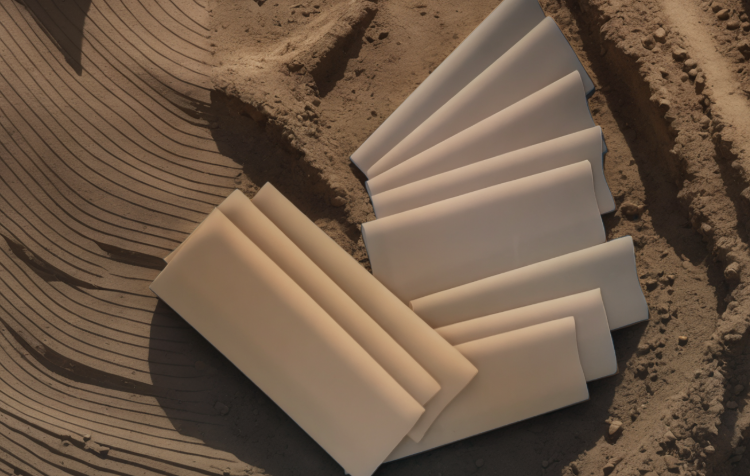
Key Sizing Guidelines:
- Diameter: Match the sample’s diameter (e.g., 38 mm or 50 mm). Aim for a 2–5% stretch for a tight fit.
- Length: It should cover the entire specimen with at least 10–15 mm extra on each end3 for O-ring sealing.
- Wall uniformity4: Ensure the membrane maintains even thickness after stretching.
| Specimen Size | Membrane Diameter | Recommended Length |
|---|---|---|
| 38 mm (standard) | 37–38 mm | 75–80 mm |
| 50 mm | 49–50 mm | 100–110 mm |
| Large specimens | Custom sizing | 120 mm or more |
What Role Does Specimen Type Play?
Not all soil specimens behave the same way—and your membrane needs to adapt.
Soft, cohesive soils require thin, flexible membranes, while coarse or sharp-grained samples5 need thicker, stronger ones to avoid tearing.
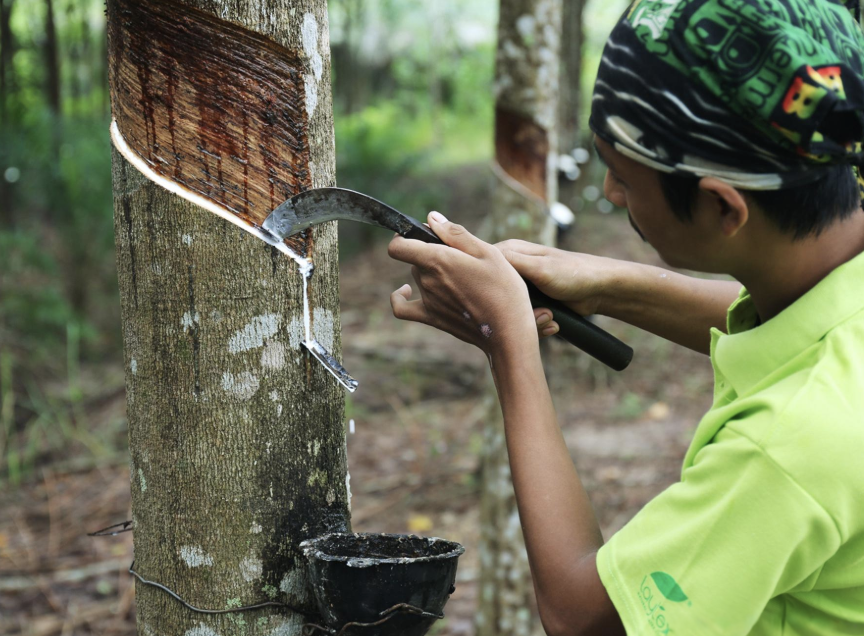
Soil-Specific Recommendations:
- Soft clays: Use 0.3–0.4 mm membranes to minimize side friction.
- Sands or silts: Medium thickness (0.5–0.6 mm) works well.
- Gravels or mixed soils: Go for 0.7–0.8 mm membranes for durability.
| Soil Type | Suggested Thickness | Special Notes |
|---|---|---|
| Soft clay | 0.3–0.4 mm | Avoid overstretching |
| Silty sand | 0.5–0.6 mm | Balanced flexibility |
| Coarse gravel | 0.7–0.8 mm | Use extra care in sealing |
Are There Special Membranes for Advanced Tests?
Yes, and they’re worth considering if your tests go beyond standard procedures.
Transparent membranes6, reinforced latex, or high-pressure-resistant options7 are designed for advanced triaxial or permeability tests. These membranes offer enhanced visibility, strength, or chemical resistance.
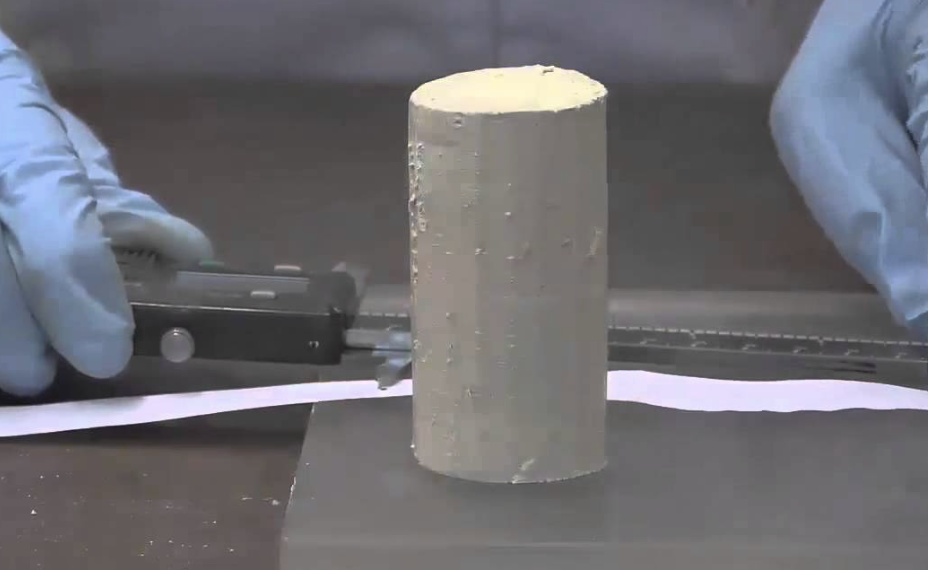
Examples of Specialized Membranes:
- Transparent membranes: Ideal for visual observation during experiments.
- Reinforced membranes: Extra tear resistance for large or rough specimens.
- Thicker high-pressure membranes: Suitable for stress levels above 1000 kPa.
| Type of Advanced Membrane | Advantage |
|---|---|
| Transparent latex | Easy observation of soil changes |
| Reinforced latex | Withstands rough materials |
| High-pressure membranes | Prevents failure at extreme loads |
Conclusion
Choosing the right latex membrane isn’t just a detail—it’s a critical step for reliable triaxial test results. Match the thickness and size to your specimen and testing conditions, and consider specialized membranes when working with advanced setups.
A few minutes of careful selection now can save hours of re-testing later.
-
Explore this link to understand how latex membranes enhance data accuracy and their role in soil stress measurement. ↩
-
This resource will provide insights into the impact of membrane stiffness on measurement accuracy and data reliability. ↩
-
Understanding the significance of extra length for O-ring sealing can enhance your sealing techniques and improve performance. ↩
-
Exploring the importance of wall uniformity can help you achieve better results in your projects and ensure durability. ↩
-
Exploring this topic will help you make informed decisions about membrane durability and performance. ↩
-
Explore this link to understand how transparent membranes can enhance visibility and accuracy in advanced testing procedures. ↩
-
Discover the advantages of high-pressure-resistant options for ensuring reliable results in permeability testing. ↩

